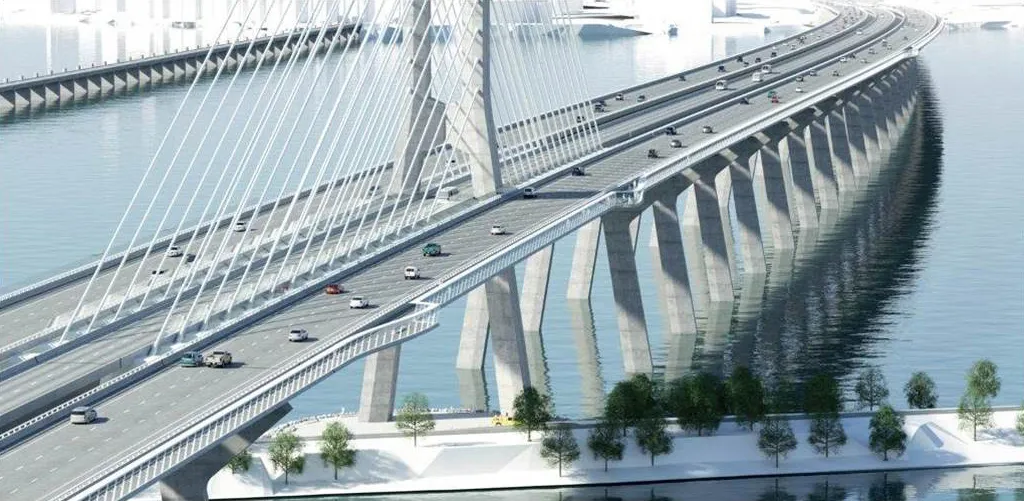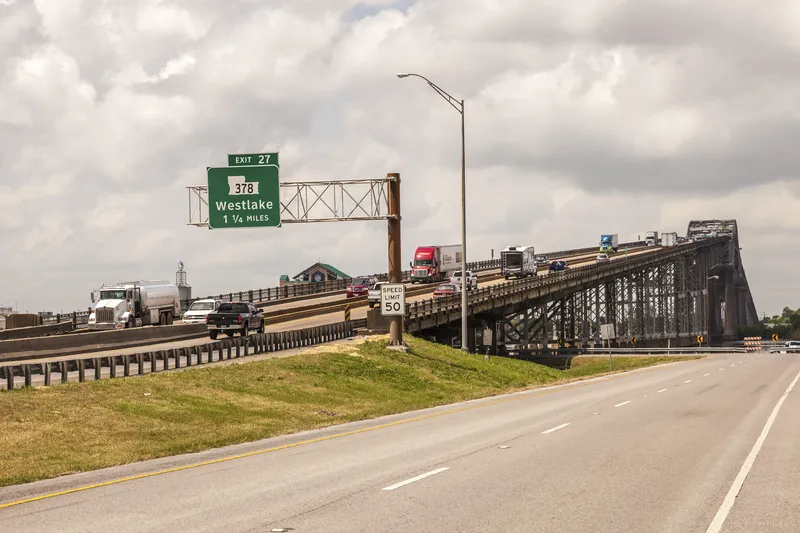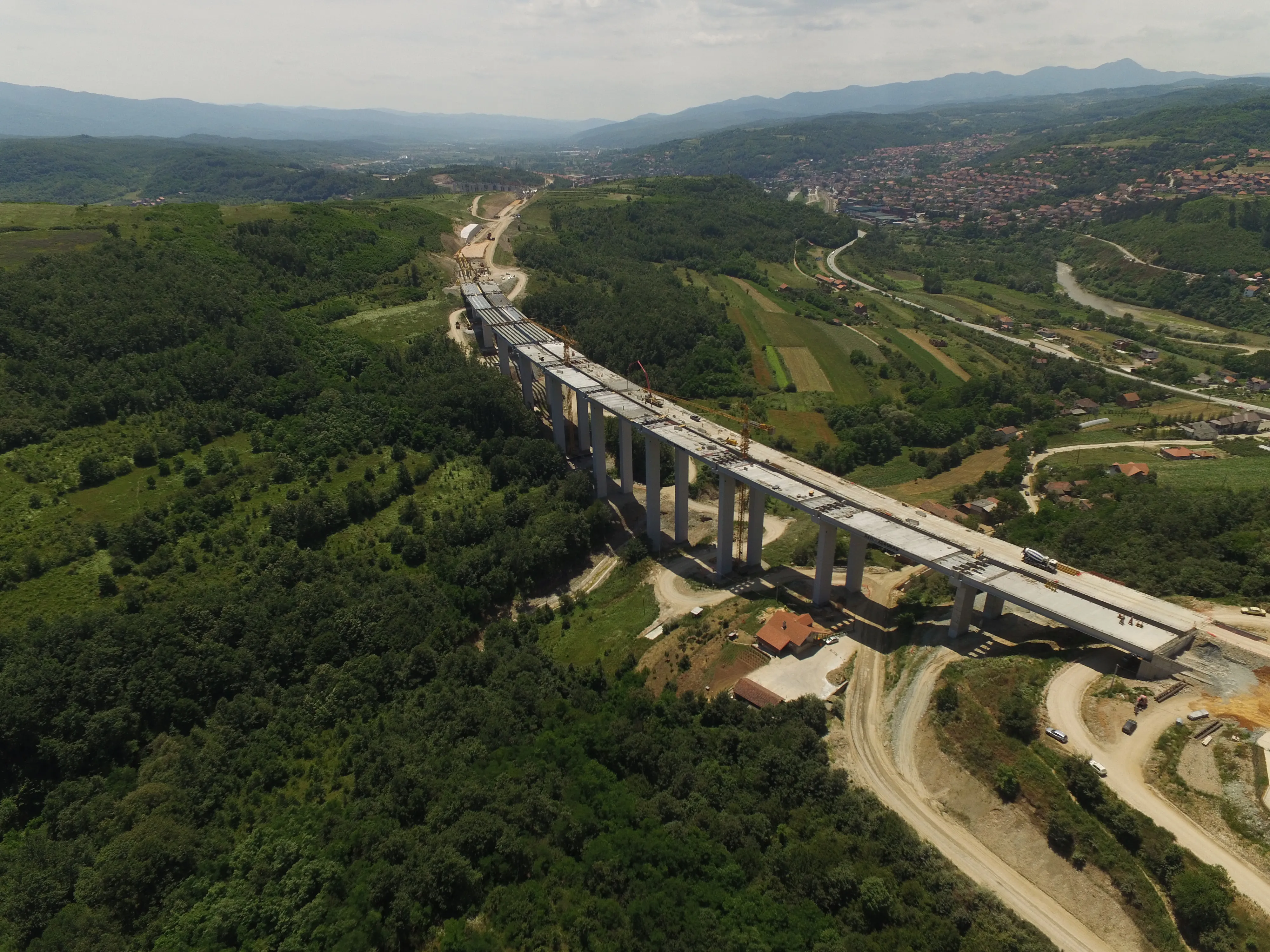
Montreal will get its new Champlain Bridge just before Christmas, a date agreed upon by the Canadian government and the SNC-Lavalin-led consortium.
The agreement settles an outstanding lawsuit that the Consortium had filed regarding costs increases of around US$186.5 million relating to the transportation of oversized parts and delays to the bridge's construction, according to media reports.
Last month SNC-Lavalin, head of the Signature on the Saint-Laurent Group (SSL), had said that the bridge over the St Lawrence River and Seaway canal would open in December but gave no date. The December 21 date it newly three weeks later than planned.
Failure to open the 3.4km-long bridge to vehicular traffic on time means the consortium would face stiff fines, according to media reports: around $77,500 a day for the first seven days followed by $310,000 per day.
No details of the settlement were released.
Cost of the entire 6km corridor project is set at US$3.3 billion of which around $1.8 billion is for construction of the bridge, approach roads and highway adjustments.
The federal Canadian government signed a public-private partnership deal with the SNC-Lavalin consortium Signature on the Saint-Laurent Group in mid-2015 for the group to design, build, finance and maintain the New Champlain Bridge Corridor project. SNC-Lavalin is a 50% partner in SSL which will operate and maintain the bridge until October 2049. Other SSL partners are Hochtief, Flatiron, Dragados Canada and Grupo ACS.
Meanwhile, SSL entered into a date-certain, fixed-priced contract with a construction joint venture of which SNC-Lavalin is again a 50% partner.
The new bridge has six vehicle lanes plus two lanes running in the middle of the bridge for electric public transit trains. The bridge runs from the Ile des Soeurs to Brossard, immediately downstream from the existing Champlain Bridge.
Every year, around 50 million vehicles cross the old bridge, Canada’s most heavily travelled bridge and a major route for traffic to and from the US. Construction of the existing steel truss cantilever bridge, as well as accompanying approaches and the Bonaventure Expressway, started in 1957 and finished in 1962. Of the old 14.5km-long complex, the bridge is 7.4km.









